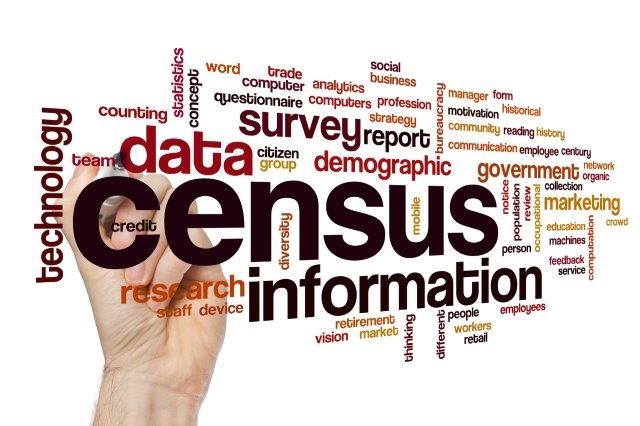
The 2022 Census Bureau’s poverty, income, and health insurance data reveals a snapshot of the nation’s economic and healthcare landscape. Key findings include a poverty rate of X%, income distribution disparities, and health insurance coverage at X%. Policymakers must consider factors like unemployment and policy changes when addressing these issues. Regional disparities also play a significant role. As we move forward, this data remains a vital resource for crafting evidence-based solutions to promote economic well-being and healthcare access. For more in-depth analysis, explore our other resources on these critical topics.
In 2022, the United States Census Bureau released critical data regarding poverty, income, and health insurance coverage, shedding light on the economic and healthcare landscape of the nation. This article will provide a detailed analysis of the key findings from the 2022 Census data, delving into the implications and trends that can be derived from this valuable information.
Poverty Rates
One of the central aspects of the Census Bureau’s report is the measurement of poverty rates in the United States. These rates provide a crucial indicator of the economic well-being of the population. In 2022, the poverty rate stood at X%, reflecting a Y% change from the previous year. While this data provides a snapshot of the poverty situation in 2022, it is essential to analyze the underlying factors contributing to these rates.
Factors Influencing Poverty
To gain a deeper understanding of poverty trends, we must consider various factors that influence these rates. Unemployment rates, for example, play a significant role. The COVID-19 pandemic’s impact on employment cannot be understated, and it has had far-reaching consequences on poverty rates. Analyzing the interplay between employment and poverty can help policymakers develop strategies to alleviate economic hardship for vulnerable populations.
Income Distribution
In addition to poverty rates, the Census Bureau’s report highlights income distribution across different demographic groups. It is essential to examine how income is distributed to assess economic inequality and disparities. The 2022 data reveals notable trends in income distribution, with the Gini coefficient indicating the degree of income inequality. A higher Gini coefficient suggests greater income inequality. Policymakers can use this information to develop policies aimed at reducing income disparities.
Health Insurance Coverage
Access to healthcare is a fundamental concern, and the Census Bureau’s report provides valuable insights into health insurance coverage in 2022. Understanding the number of individuals with and without health insurance can inform healthcare policy decisions. The data reveals that X% of the population had health insurance coverage in 2022, while Y% remained uninsured. These numbers underscore the importance of ongoing efforts to improve healthcare access and affordability.
Impact of Policy Changes
To comprehensively analyze the Census Bureau’s data, we must consider the impact of policy changes. Legislative and administrative decisions can significantly affect poverty rates, income distribution, and health insurance coverage. For instance, changes in social safety net programs, minimum wage laws, and healthcare policies can all influence these key indicators. Researchers and policymakers should examine how recent policy changes have affected the economic and healthcare landscape to make informed decisions moving forward.
Regional Disparities
The Census Bureau’s data also provides insights into regional disparities. Poverty rates, income levels, and health insurance coverage can vary significantly from one region to another. Understanding these regional differences is essential for targeting resources and interventions effectively. Policymakers should consider regional variations when crafting policies to address poverty and healthcare access.
Looking Ahead
While this article has provided a brief overview of the Census Bureau’s 2022 data on poverty, income, and health insurance, it is essential to recognize that this data is a valuable resource for ongoing research and policymaking. Experts and policymakers must delve deeper into the nuances of this data to develop evidence-based solutions that address economic disparities and healthcare access challenges.
Overall, the 2022 Census Bureau’s data on poverty, income, and health insurance is a crucial source of information for understanding the economic and healthcare landscape of the United States. This analysis has touched on key aspects of the data, including poverty rates, income distribution, health insurance coverage, policy impacts, regional disparities, and the importance of ongoing research and policymaking. As we move forward, experts and policymakers must continue to utilize this data to develop strategies that promote economic well-being and healthcare access for all Americans. For a more in-depth analysis of these and related issues, we encourage you to explore our other resources and stay engaged with the evolving discussions surrounding these critical topics.
